Portugal’s story is a fascinating Game of Thrones brew of intrigue, plotting and conquest rendered bittersweet with tragic love stories, ribald kings and romantic heroes, and Alentejo is the perfect place to come to see some of the best relics of this complex history.
From Roman temples to grisly chapels, here are some our favourite historical highlights from across the region.
Castelo de Marvão
The striking Castelo de Marvão, perched high on a ridge that rises to a peak, is built out of layer upon layer of history. Marvão’s mountaintop location has been used for strategic purposes since pre-Roman times, by the peoples who built the prehistoric monuments that sprinkle the plains around Castelo de Vide.
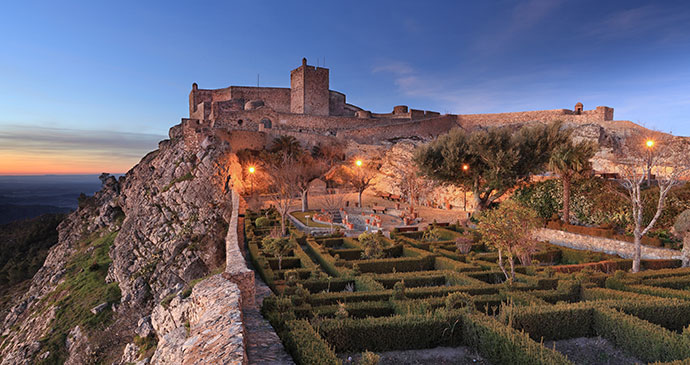
But it was the Romans who first built a settlement here – a hilltop lookout for the town of Ammaia that they built at the foot of the hill. Half-Galician Moorish noble Ibn Maruán built the first village on the hilltop itself, out of the ruins of the Roman city.
Capela dos Ossos, Évora
The Capela dos Ossos serves as a chilling reminder of the gruesome side of Iberian Christianity, which saw the viciousness of the Inquisition. The walls of this grisly chapel are built out of the bones of thousands of victims of the Inquisition, stolen by the morbid monks from graveyards throughout the city.

The chapel is part of the grim Igreja de São Francisco, itself a vast, grey cavern of soaring Gothic arches.
Roman Temple, Évora
Évora is littered with magnificent churches and monuments, so much so that nowhere in Alentejo boasts more historical sites. Perhaps it’s crowning jewel, however, is the ruined Roman Temple, a relic that looks back to the capital’s humble beginnings as a small Roman settlement named Ebora.
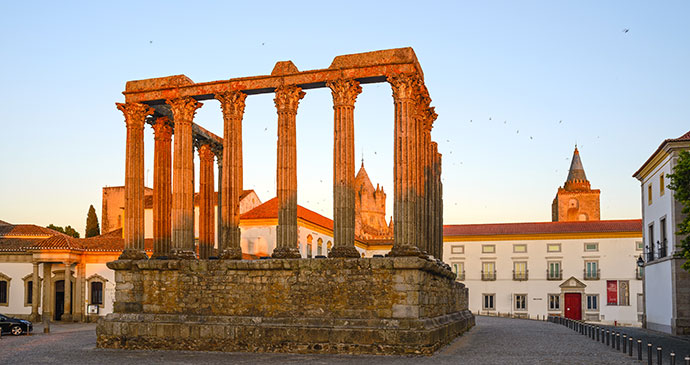
It once stood on one edge of the main public square, or forum, which would have served as the Roman town’s principal meeting place and market. The building you see today is not original, but is rather a romantic reconstruction built in the late 19th century by the Italian architect Giuseppe Cinatti.
Braganza Ducal Palace, Vila Viçosa
Between the 13th and 19th centuries Vila Viçosa was one of the most important locations in the Alentejo, as the site of an magnificent ducal palace, built by the powerful Braganza dynasty. From the early 1500s the Braganzas lived in this vast and monumental grey marble palace, set on an even vaster, bone-white courtyard.
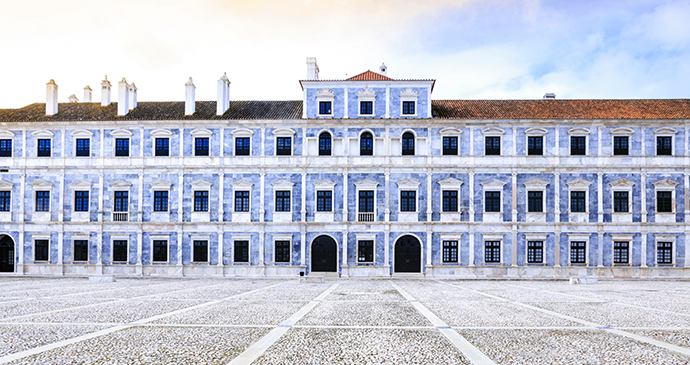
From end to end the three-storey building is longer than a football field and its frowsty rooms are stuffed full of antiques and priceless pieces collected by the nobles. Catherine of Braganza, the much-misunderstood wife of Charles II of England, was born here in 1638.
Castelo de Evoramonte
Perched romantically on a barren hill in the Serra de Ossa, high above the surrounding plains, the massive round towers of the Castelo de Evoramonte (Evoramonte Castle) are visible for tens of kilometres. The castle has been an eyrie watching out for attack and invasion since the time of the Reconquest.
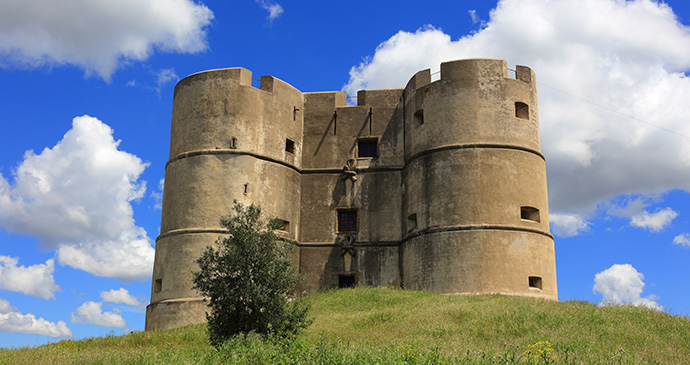
The views from the battlements are breathtaking, and wandering around the tiny village that spreads around the castle’s feet within the secondary walls is a delight.
Castelo de Elvas
This spectacular garrison town (and UNESCO World Heritage Site) crouches behind massive star-shaped fortifications a stone’s throw from the Spanish border.
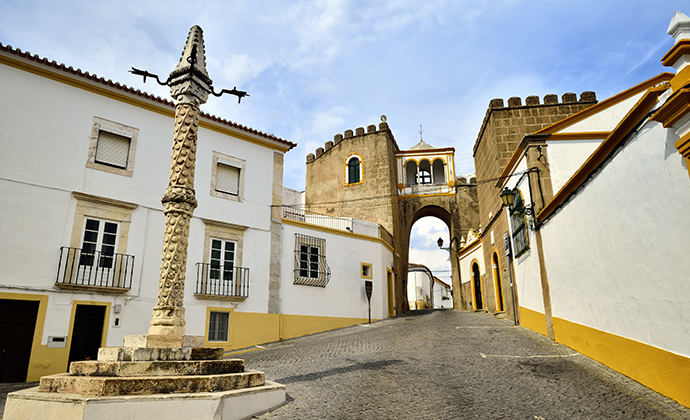
Wandering the winding, whitewashed alleys, which run like mycelia around the old Moorish castle, is a delight. Elvas’s ancient fortress sits at the highest point in the city, commanding a sweeping view of the plains from the battlements. Like most Alentejo fortresses it’s a hodge-podge of Roman, Moorish and Christian Reconquista.
Menhirs and megaliths
Explore the countryside around Évora, Castelo de Vide and Monsaraz and find stone circles older than Stonehenge and vast pinnacles of Neolithic worked stone pointing to the sky like giant fingers. One of the most famous examples is the Cromleque dos Almendres outside Évora, but the countryside around Monsaraz is also covered with prehistoric monuments.
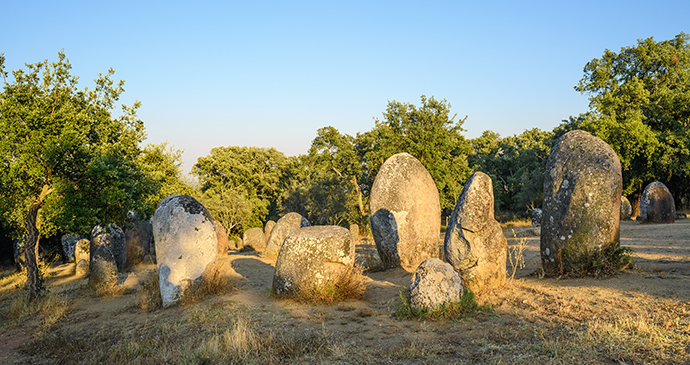
The Xerez Cromlech consists of 50 small standing stones around a central 4m menhir, while the Menir do Outeiro at nearly 6m tall is one of the largest freestanding menhirs in Europe.
The dolmen churches
Despite the rigours of the Inquisition, one of the Catholic Church’s great strengths has been its ability to assimilate the sacred traditions of other faiths into its own. In Portugal it is most concretely seen in the Alentejo, where prehistoric sacred dolmens have been incorporated into chapels and churches.
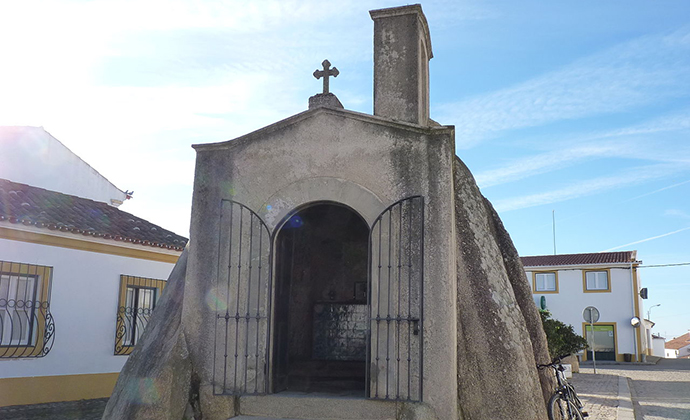
The most famous of these is the Anta de Pavia in Mora – a tiny town 50km north of Évora. There’s a similar chapel at São Brissos in Montemor-o-Novo.
